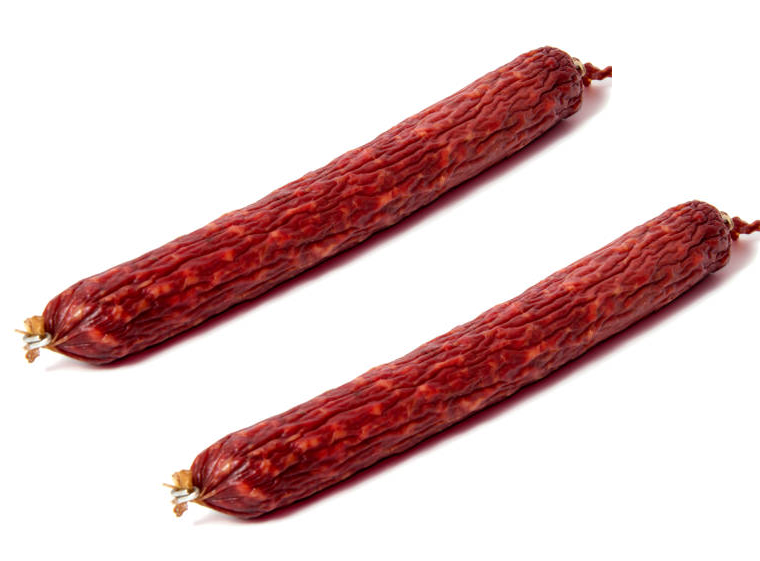Is Chun-Li a maoist? Denguist?
What do you think?
Denguist

Isn’t she a cop that works for Interpol or something
China is a member of interpol.
It has been member since 1961 as ROC (fake china) and since 1984 as real China.
A hyper-sexualized Chinese women wearing a super-tight, orientalist version of qipao. Originally, a qipao was supposed to be a loose-fitting gown, almost similar to the Indian nightgown/nightie, but with it’s own distinctive design and style.
She’s Korean, I thought?
She’s a Chinese. However qipao, or perhaps a similar gown is also known as cheongsam in Hangul.
Originally, a qipao was supposed to be a loose-fitting gown
Source for this? From living in Asia (not in China, but in a predominantly Chinese community), I’ve only seen qipao be form fitting, never loose. Even seeing older pictures of women in qipao, they’re always form fitting. And more often than not, women seem to use them to intentionally highlight their figure.
Chinese communities tend to have a strong conservative bend, but that doesn’t mean they’re puritanical when it comes to sexuality, especially the sexually suggestive.
Chinese communities tend to have a strong conservative bend, but that doesn’t mean they’re puritanical when it comes to sexuality, especially the sexually suggestive.
Which may or may not be true, depending on the specific region, however, qipao has roots in the feminist movement localized to China. With that being said, there’s a difference between liberating evolution vs hyper-sexualized appropriation.
The Feminist Roots of the Chinese Qipao
Ruohan Song, a traditional Chinese fashion influencer and qipao collector, tells ELLE.com that Chinese women in the U.S. still face stereotypes and sexualization because of the way those who wear qipaos have been portrayed in the media. Asian female characters who wear them are either seen as intimidating (like the “Dragon Lady,” inspired by the female villain from the comic Terry and the Pirates), as delicate and submissive, or as hypersexualized, reinforcing narrow and outdated stereotypes. “When we [consider] the qipao in the U.S., people often think of a dress with a high slit that reveals thighs and buttocks with a cut-out in the front, which is drastically different from the traditional dress,” Song says. “When you search on Amazon, the descriptions and pictures are horrifying. I feel disheartened that only a handful of people knew the history behind this dress.”
Traditional Chinese Clothing: Denouncing Fetishization and Appropriation
Moreover, they (Shein) are responsible for merchandising cultural clothing and promoting the idea that traditional garments can be sexualized. The company’s actions—or lack thereof—perpetuates a system where Chinese cultural attire can be worn as a “trend” in the West.
These dresses, marketed as qipaos and sold under categories like “Lingerie & Loungewear’’ and “Sexy Costumes,” are beyond offensive to Chinese culture and history. One of the dresses is advertised as a “Velvet Lace-up” with a thong. There is a large cutout in the chest area and the sides are tied together with string in a criss-cross pattern. Another dress exhibits the same problems, plus the fact that the entire backing is cut out and the garment is way above conventional length. Not to mention, one is entirely mesh and see-through. The commonality between all of these dresses is the attempt at sexualizing the clothing and bringing an appeal to Western culture. The description from Amazon seller, YOMORIO, left me utterly disgusted: “sexy hollow outdesign, totally show a sexy and charm you… suitable for sexy nightwear, Halloween cosplay costume, club wear.” I’m at a loss for words…
The roots of the qipao and how it emerged in Chinese culture are absolutely beautiful. It saddens me to see how these alterations are being made to commercialize our culture by marketing it as a seductive wardrobe—phrases including “sexy,” “thong,” and “lingerie” should never be associated with the qipao. It’s essential to recognize how these companies don’t take any accountability for the widespread sale of this apparel being incorrectly advertised. This only perpetuates the idea of fetishization of Chinese women, and puts them at a greater risk for attacks or violence. This issue is not a new one, as the sexualization of traditional clothing has been documented since its appearance in the film The World of Suzie Wong, dating all the way back to 1960.
I’ve only seen qipao be form fitting, never loose.
There are two variations of fitting—Shanghai-style (Haipai) and Beijing-style (Jingpai). While they both are A-line, they can be differentiated based on how tightly they embrace the woman’s shape. The Jingpai is considered more conservative, and hence, has a straighter appearance.


